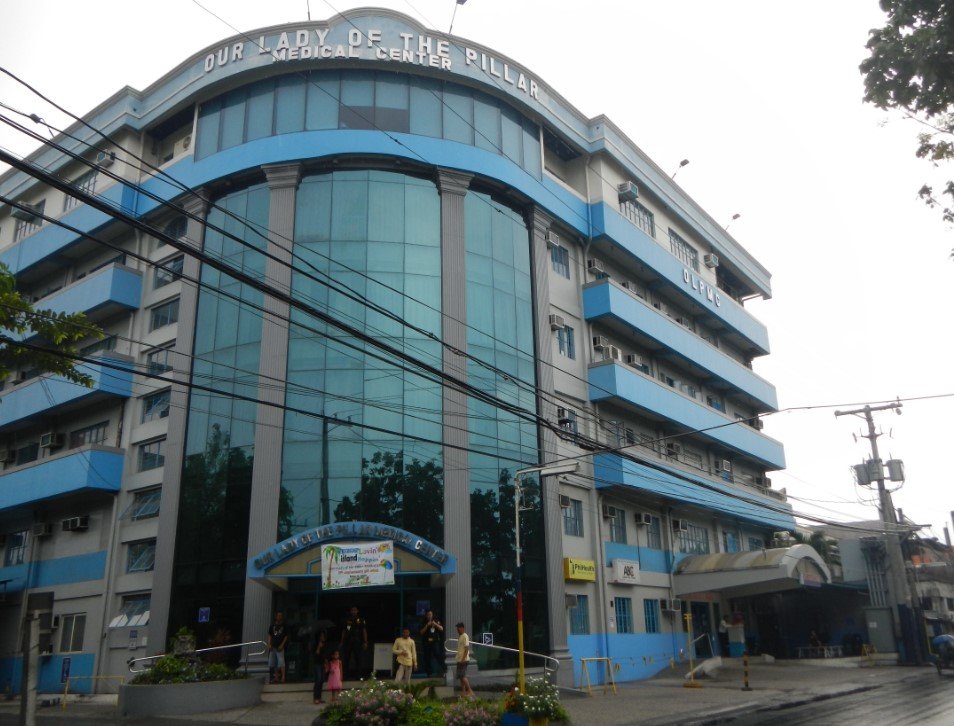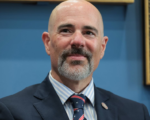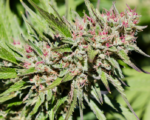The Philippine Health Insurance Corporation (PhilHealth) relies heavily on tobacco excise tax revenue for its funding, a dependency that has sparked intense debates. While health activists call for reforms, the complex interplay between rising tobacco taxes, smuggling, and dwindling revenues has left policymakers scrambling for solutions.
Tobacco Tax: The Lifeline for PhilHealth
PhilHealth’s funding is tightly intertwined with tobacco tax collections, which were earmarked under Republic Act 11346. This law, enacted in 2018, allocates half of the excise tax revenues from tobacco, alcohol, and sugar-sweetened beverages (SSBs) to the health sector, including PhilHealth and the Department of Health (DoH).
In 2021, tobacco excise taxes peaked at ₱176 billion, contributing significantly to PhilHealth’s ₱100 billion budget. However, the successive tax hikes that followed—meant to boost revenues and deter smoking—have had unintended consequences.

Smuggling and Revenue Declines: An Unintended Consequence
As the tobacco tax rate rose from ₱50 per pack in 2021 to ₱60 in 2023, an alarming side effect emerged: smuggling and the illicit trade of tobacco products surged. This shift undermined the very purpose of the tax increases. In 2022, government revenues from tobacco excise taxes fell to ₱160 billion. By 2023, the revenue dropped further to ₱135 billion, a staggering ₱41 billion less than in 2021.
For 2024, the tax rate rose again to ₱63 per pack, but the trend of diminishing returns continues. Projections for tobacco tax revenue in 2024 suggest a further decline to ₱122 billion.
The impact on PhilHealth has been profound. With shrinking tax revenues, its budget has plummeted from ₱100 billion in 2023 to a projected ₱61 billion in 2024—a sharp reduction that threatens health services for millions of Filipinos.
Debunking the “Defunding” Claims
Critics of PhilHealth’s current financial trajectory often use the term “defunding” to describe its shrinking budget. However, this term is misleading. Defunding implies a complete withdrawal of financial support, which is not the case. Even with reduced allocations, PhilHealth remains a priority in the national budget.
The actual issue lies in balancing the budget amid declining revenues. Policymakers face a tough choice: address the loopholes in tax collection, combat smuggling, or find alternative sources of funding for the health sector.
The Credit Ratings Angle: How Tobacco Taxes Influence Perception
The decline in tobacco tax revenues and its impact on PhilHealth’s funding also play into broader economic considerations. Credit rating agencies closely monitor the government’s ability to maintain fiscal health and fund essential services. Declining revenues from tobacco taxes could raise concerns about fiscal sustainability, potentially affecting the country’s credit ratings.
Maintaining a strong credit rating is crucial for the Philippines, as it influences borrowing costs and investor confidence. Policymakers must find a way to stabilize revenues while ensuring that health services remain adequately funded.
What’s Next for PhilHealth and Tobacco Tax Policies?
The government faces several challenges and opportunities as it navigates this complex situation. Addressing smuggling and illicit trade must be a top priority, as these issues significantly erode tax revenues. At the same time, exploring alternative funding mechanisms for PhilHealth could reduce its reliance on volatile tobacco tax collections.
- Strengthening enforcement against smuggling to recover lost revenues.
- Reevaluating the effectiveness of further tobacco tax hikes.
- Introducing policies to diversify PhilHealth’s funding sources, such as general taxation or earmarked contributions from other sectors.
These steps could help secure PhilHealth’s financial stability without relying solely on the unpredictable revenues from tobacco taxes.
David Johnson is a respected writer known for his expertise in crafting compelling articles about cannabis. With a passion for exploring the intersection of cannabis, health, and wellness, he sheds light on the therapeutic properties and potential uses of this versatile plant. David’s in-depth analysis and thought-provoking commentary offer readers a deeper understanding of the evolving landscape of cannabis legislation, consumption methods, and industry trends.








